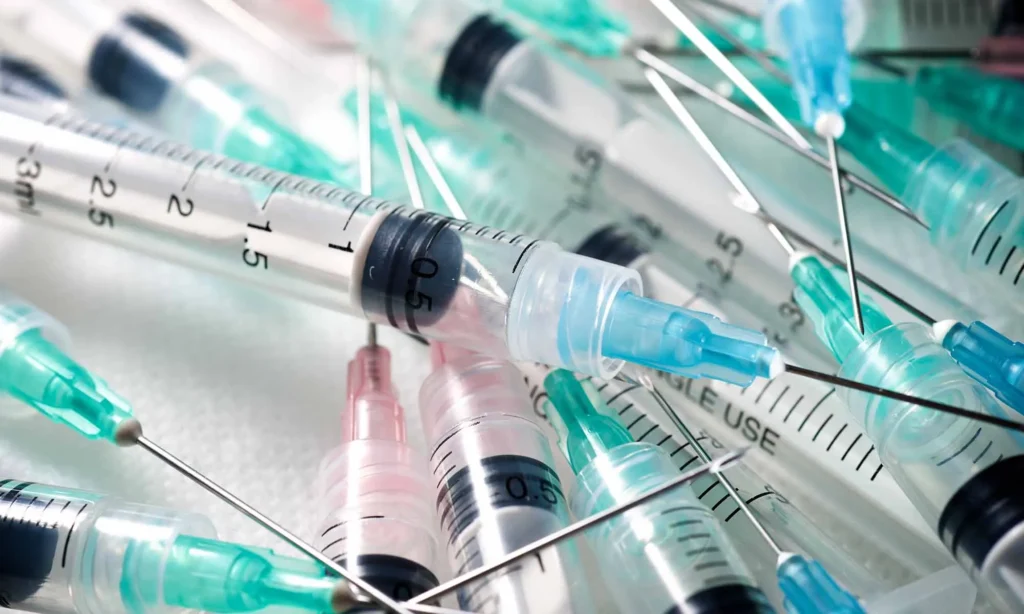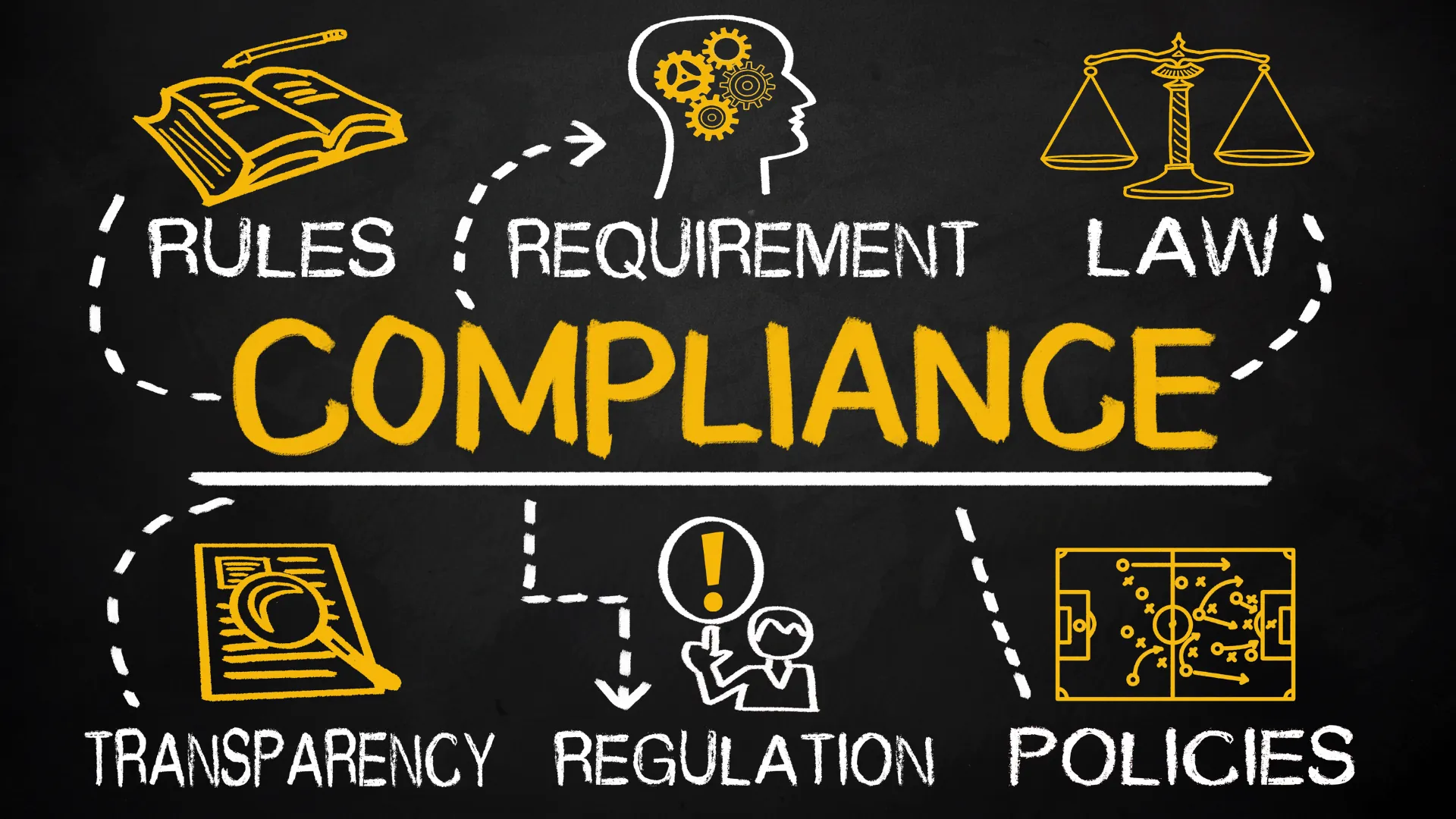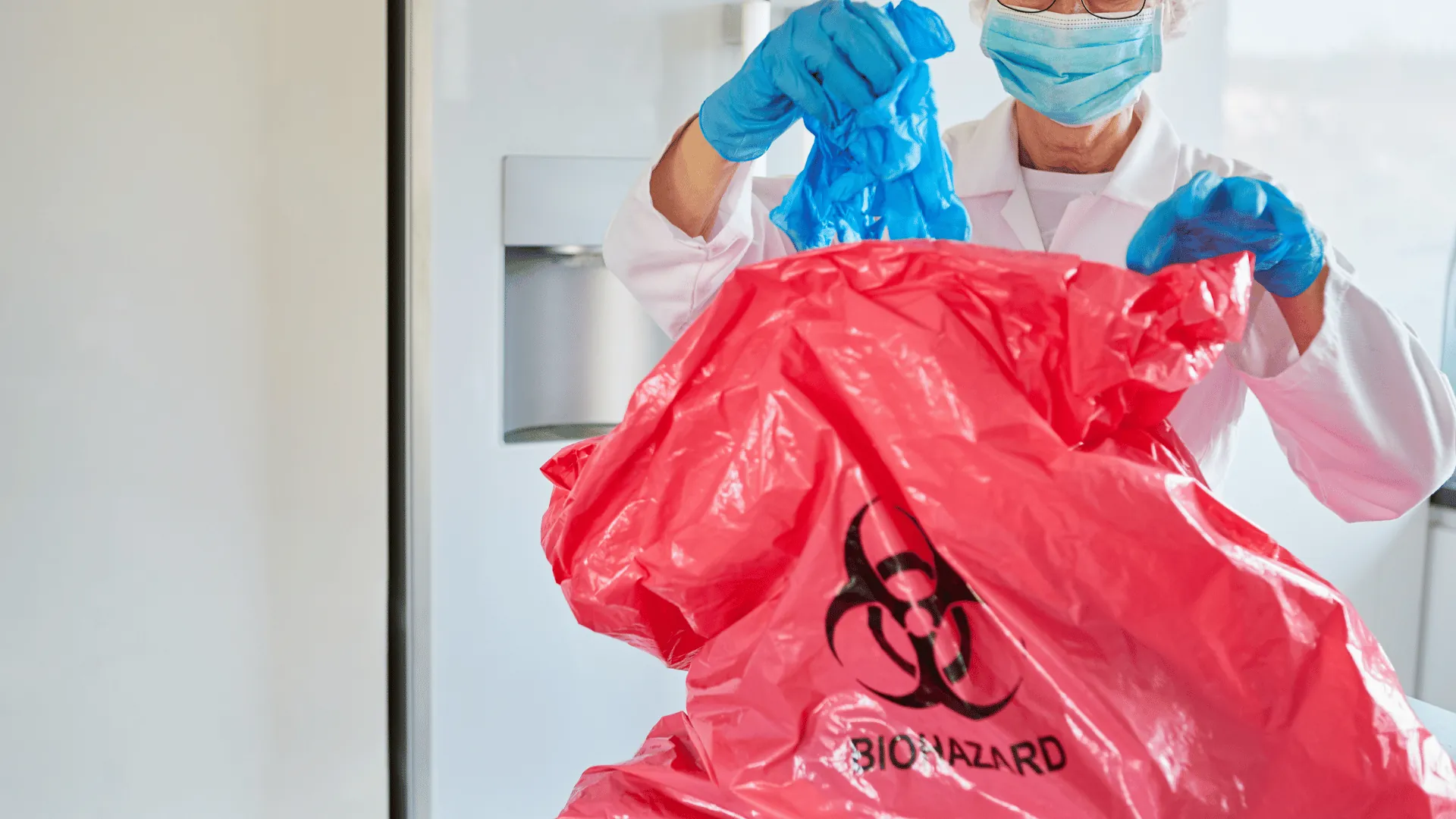Sharps disposal sits at the intersection of safety, compliance, and everyday clinical reality. When done right, it supports patient protection, reduces risk to staff, and helps facilities stay on the right side of complex regulations. When done poorly, it introduces threats that no healthcare environment can afford to ignore.
Whether you’re running a fast-paced urgent care clinic or managing waste across a hospital network, handling sharps properly isn’t optional, it’s a daily responsibility with high stakes. And while the concept might seem simple, the execution isn’t. Safe disposal depends on detailed procedures, precise training, and a team that knows what to do and why it matters.
So what exactly qualifies as sharps waste? Where do most facilities slip up? And how do you build a disposal process that doesn’t unravel under pressure? Let’s get into it.
Understanding Sharps Waste
What Qualifies as Sharps?
Sharps are medical items that can puncture or cut the skin and are used in the diagnosis, treatment, or immunization of humans or animals. These include:
- Needles and syringes
- Lancets
- Scalpels and blades
- IV catheters
- Contaminated broken glass or pipettes
If it can pierce skin and has been exposed to bodily fluids or chemicals, it qualifies as sharps waste.
Common Sources of Sharps in Medical Facilities
In clinical settings, sharps are used for injections, blood draws, and minor procedures. Hospitals generate them through surgeries, lab testing, and emergency care. Labs, dental offices, and university health centers also handle sharps regularly. Any facility providing direct medical care will produce them in some form.
Why Proper Disposal Matters
Improper disposal puts people at serious risk. A used needle in the wrong bin can lead to needlestick injuries and the transmission of infections such as hepatitis B, hepatitis C, or HIV. Poor disposal also opens the door to citations, lawsuits, and public scrutiny.
Proper sharps disposal isn’t just about rules. It’s about protecting everyone involved, from the patient in the chair to the person emptying the container.
Regulatory Requirements for Sharps Disposal & Regulated Medical Waste
OSHA and EPA Guidelines
The Occupational Safety and Health Administration (OSHA) requires that contaminated sharps be placed in puncture-resistant, labeled, and leak-proof containers immediately after use. Facilities must maintain an exposure control plan and train staff accordingly.
The Environmental Protection Agency (EPA) adds further oversight for sharps contaminated with hazardous chemicals or pharmaceuticals. Facilities dealing with this type of waste must follow hazardous waste protocols in addition to sharps regulations.
State and Local Regulations
Sharps disposal requirements vary by state. While OSHA provides the federal baseline, state health departments often layer in additional rules around container labeling, pickup frequency, and storage procedures. Facilities must stay informed on their local regulations to remain compliant.
Compliance and Legal Risks of Improper Disposal
The cost of improper disposal extends far beyond a fine. Violations can lead to:
- Civil penalties
- Employee injury claims
- Facility shutdowns during inspections
- Loss of accreditation or public funding
- Long-term damage to reputation
Regulatory compliance is not just about avoiding penalties. It is about avoiding harm and maintaining the trust of your patients and your staff.
Best Practices for Safe Sharps Disposal
Safe sharps disposal starts with proper tools and clear procedures. Every container, placement decision, and protocol affects how well your system protects people and prevents violations. Here’s what your facility should have in place.
Use of FDA-Cleared Sharps Containers
Only FDA-cleared containers should be used for sharps disposal. These containers must be rigid, leak-proof, puncture-resistant, and clearly labeled with the biohazard symbol. Using makeshift or non-compliant containers increases the risk of injury and legal exposure.
Placement and Accessibility of Disposal Containers
Containers should always be located as close as possible to the point of use. When staff have to cross a room or walk to another station to dispose of a sharp, the risk of injury increases. Containers should be securely mounted or placed at eye level and within arm’s reach.
Sealing, Labeling, and Replacing Containers Properly
Containers should be sealed and removed once they are three-quarters full. Overfilling raises the risk of accidental sticks and makes it harder to close the lid safely. All containers should be labeled in compliance with OSHA standards and replaced as part of a regular waste schedule.
Handling Overfilled or Damaged Containers
Overfilled or damaged sharps containers should never be transported or used. If a container is compromised, contact your medical waste provider immediately for assistance. Do not attempt to repackage or manually compress the waste.
Staff Training and Safety Protocols
Even the best disposal system depends on the people using it. Training, protective gear, and clear response protocols are essential to keeping staff safe and procedures consistent.
Educating Employees on Sharps Handling
Knowing how to dispose of sharps isn’t enough. Staff need to understand the risks behind the routine. Training should begin on day one and continue regularly, with clear instruction on how to identify sharps, dispose of them correctly, and follow applicable regulations. A well-informed team is your first line of defense.
Personal Protective Equipment (PPE) Usage
No one should handle sharps without the right protection. Gloves are the baseline, but depending on the task, gowns and eye protection may also be required. Training should include how to put PPE on, take it off, and recognize when additional protection is needed. Consistency is key, PPE use should never be optional.
What to Do in Case of a Needlestick Injury
Every facility needs a written, accessible protocol for responding to needlestick injuries. Staff should be trained to act immediately:
- Wash the affected area with soap and water
- Notify a supervisor
- Document the exposure
- Seek medical evaluation and follow post-exposure care
Delays increase risk. Make sure your team knows these steps cold, and that support is available the moment it’s needed.
Partnering with a Medical Waste Disposal Company
Partnering with the right medical waste provider can take the guesswork out of sharps disposal. From scheduling to documentation, a reliable team helps you stay compliant, organized, and ready for whatever comes next.
Benefits of Professional Sharps Disposal Services
A licensed sharps disposal provider ensures that your facility stays compliant with current regulations. These services also provide consistent pickup schedules, proper documentation, and safe transport and treatment.
Choosing a Reliable Waste Management Partner
Look for a provider that offers:
- Transparent, predictable pricing
- Compliance support and training resources
- On-time pickups with proper documentation
- A proven track record of customer service
Our team at EcoMed delivers all of this with a focus on accountability, communication, and doing things the right way.
Scheduling, Documentation, and Audit Support
Your provider should handle more than pickups. They should support your compliance audits, track manifests, and help you maintain clean, accessible documentation. If that isn’t happening, it may be time to switch partners.
Environmental Considerations
Sharps disposal is more than a safety requirement, it also carries environmental responsibility. By reducing waste volume, choosing the right treatment methods, and exploring sustainable options, facilities can manage sharps more responsibly and effectively.
Minimizing Sharps Waste Volume
Sharps waste volume can be reduced by limiting the unnecessary use of sharps and avoiding the disposal of non-sharps items in sharps containers. Educating staff and tracking container usage can help identify areas of overuse or misclassification.
Safe Transportation and Treatment Methods
Sharps should be transported in sealed, secure containers by certified waste handlers. Treatment methods vary by region and include autoclaving or incineration. Work with a provider who ensures waste is processed according to both safety and environmental standards.
Sustainability in Sharps Disposal
Sustainability efforts in sharps disposal might include reusable container programs or non-incineration treatment technologies. Facilities that prioritize environmental stewardship should look for vendors offering modern, lower-impact solutions.
Sharps Disposal That Works for Your Facility
Sharps disposal is not just a box to check. It is a daily practice that protects your staff, your patients, and the integrity of your operation. A strong system depends on clear procedures, consistent training, and a partner who understands both the regulations and the realities.
Now is the time to take a closer look. Are your containers where they should be? Is your staff equipped and confident? Are you getting real support, or just a pickup schedule?
If your current setup falls short, we’re here to help you fix it. Let’s build a safer, cleaner, and more dependable sharps disposal program, one that does its job without adding to yours.


